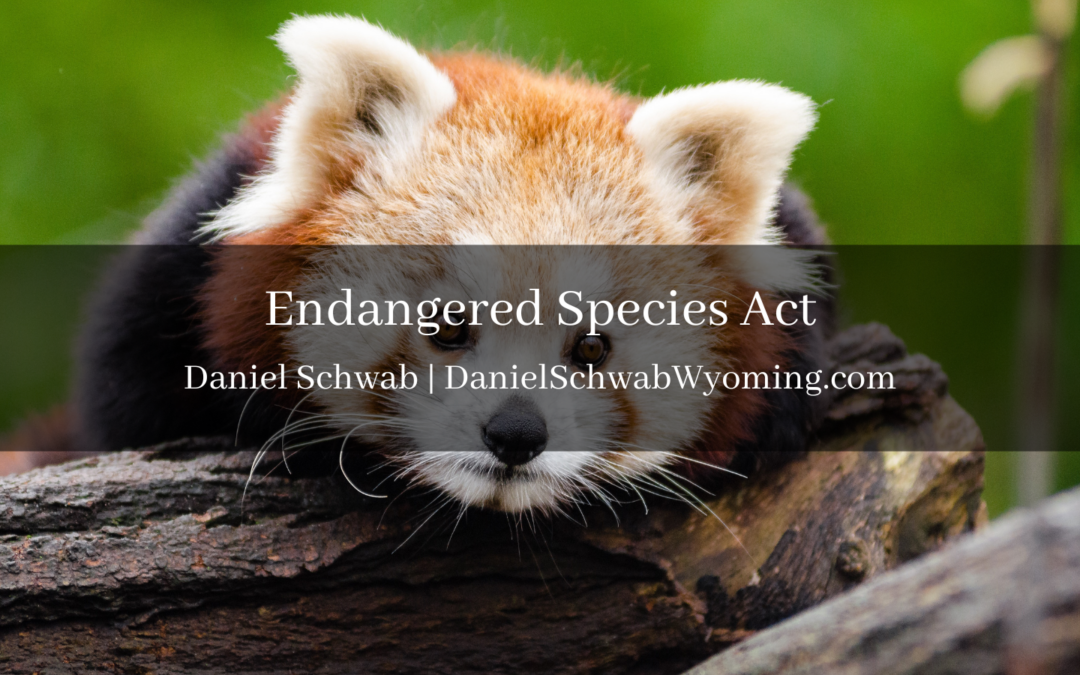The Biden-Harris administration proposed three rule changes to the Endangered Species Act. The changes affect the criteria used for designating critical habitat, the regulation of threatened species, and consultation between federal agencies.
Martha Williams, Service Director of U.S. Fish and Wildlife, said the goal was to ensure the Endangered Species Act worked for both people and species by “prevent[ing] the extinction of species and support[ing] their recovery.”
At least one of the proposed rules will have the opposite effect. While many of the proposed changes are small, the biggest substantive change would undermine incentives for states and private landowners to recover species, hurting the endangered species.
The Endangered Species Act has strict regulations for it’s species. But Congress chose not to impose these regulations for threatened species, which face more remote risks. Instead, the Fish and Wildlife Service is expected to craft creative and less burdensome rules that would encourage states and private landowners to protect these species.
For most of the Act’s history, the Service has applied a regulation, known as the blanket rule. This regulated both threatened and endangered species the same. Species did not fare well under that approach, with only 3% recovering over 50 years. In 2019, the Service revoked this regulation and announced that it would craft tailored, less restrictive regulations for threatened species moving forward. The goal would be to “incentivize conservation for both endangered species and threatened species.”
The Service now proposes to reverse this change and go back to the previous policy of regulating endangered and threatened species equally. This would sacrifice conservation incentives for administrative convenience for the Service.
Jonathan Wood, PERC Vice President of Law and Policy, said, “restoring the blanket rule would be a setback for species recovery. With two-thirds of endangered species located on private lands, the most effective way to increase the recovery rate for listed species is to improve the incentives for private landowners to restore habitat and perform proactive recovery efforts. This does the opposite.”
Ironically, the Biden administration itself has demonstrated that this proposed change would be a step backwards. It has listed more than a dozen animals as threatened and considered whether endangered-level regulation or a more tailored approach would be best for each of those species. In every case, it has found the tailored approach to be better.
PERC believes that Endangered Species Act decisions should be guided by what is best for species, including how decisions affect the incentives for states and private landowners to recover them. Which means regulations should be less strict as species improve to reward states and landowners for their role in recovery, and only become stricter if a species declines.


